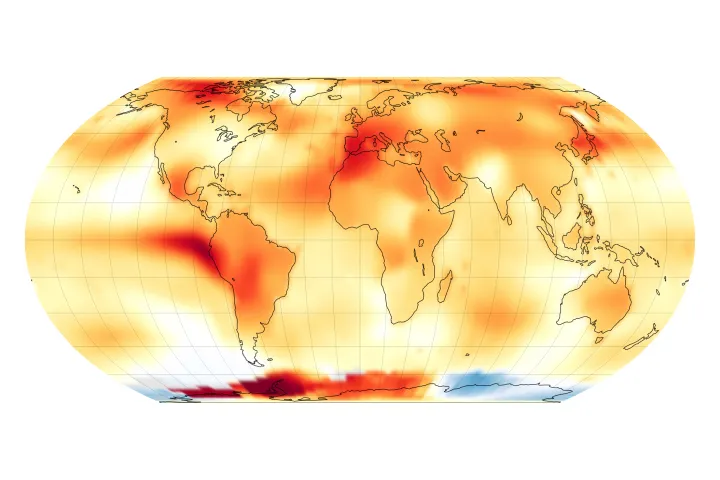In the United States, a new crisis is unfolding, one that is all too familiar to residents of California and Florida: the rising cost of homeowner’s insurance. However, this time, the problem is not just limited to coastal states, but is spreading to the Midwest and the Great Plains.
Severe convective storms, also known as “severe thunderstorms,” are large and powerful storms that form and dissipate quickly, often producing hailstorms and tornadoes as they move across the flat expanse of the American heartland. These storms are known as “secondary perils” by the insurance industry, a term that belies their devastating impact.
The frequency and severity of these storms have increased significantly over the past few decades, with losses from severe convective storms rising by about 9% annually between 1989 and 2022, according to the insurance firm Aon. Last year, these storms caused over $50 billion in insured losses, more than Hurricane Ian.
The insurance industry is struggling to cope with the cumulative effect of these small but frequent disasters. Many small regional insurers have gone insolvent, unable to pay claims to their customers. Larger reinsurers, which sell insurance to insurance companies around the world, are also feeling the pinch, as the increasing trend of “attritional” losses from repeated convective storms threatens to cut into their profit margins.

For homeowners, the impact is most acute. As insurance companies raise premiums, deductibles, and drop customers, the cost of insuring a home is becoming increasingly unaffordable. In some areas, homeowners are facing premium increases of up to 50%. The mayor of Shawnee, Oklahoma, Ed Bolt, has seen the impact firsthand, as his insurance company raised his premium by $3,600 a year.
States are faced with a difficult dilemma: if they allow insurance companies to raise rates, they risk making it harder for homeowners to keep up with their insurance payments and potentially dampening property values. But if they keep rates low, they risk insurers ceasing to write new policies or pulling out of the state.
Despite the challenges, there are signs of hope. Cities like Moore, Oklahoma, have shown that implementing stricter storm-resilience standards can make a significant difference. By building homes with more expensive, storm-resistant materials and encouraging millions of people to upgrade their roofs and windows, it is possible to bend the loss curve down.
As one insurance expert noted, “I think the solutions are coming into focus. It’s more about can we get the will to do them.” If the nation can mobilize to address the threat posed by severe convective storms, it may be possible to mitigate the crisis and protect the integrity of the insurance industry.

